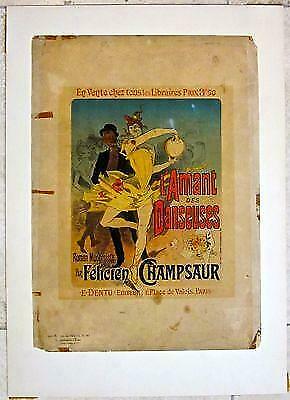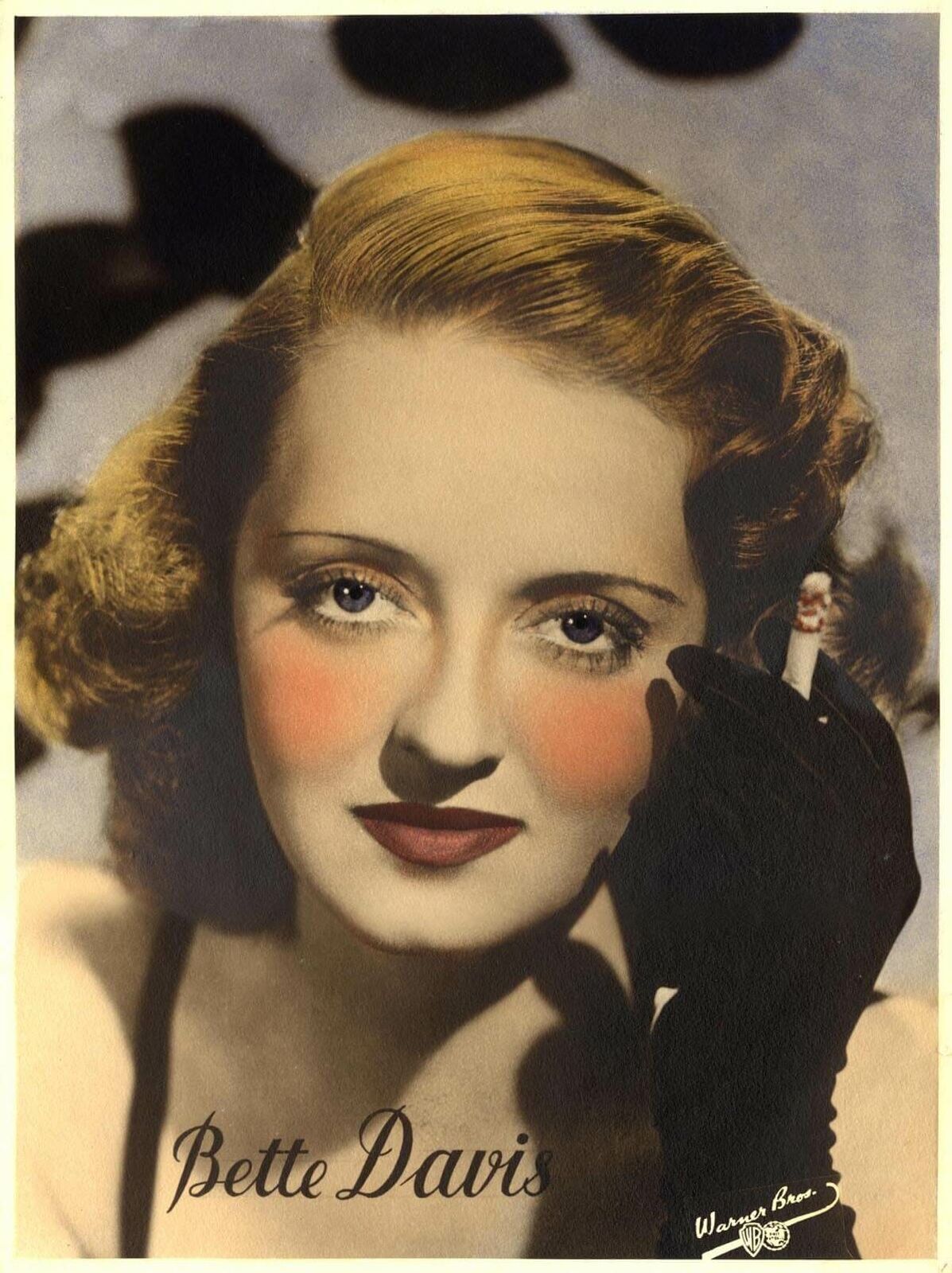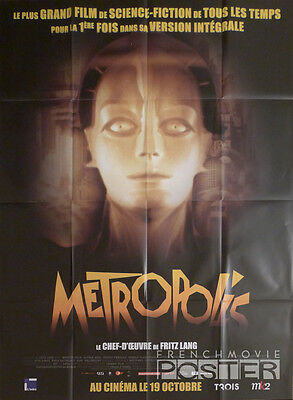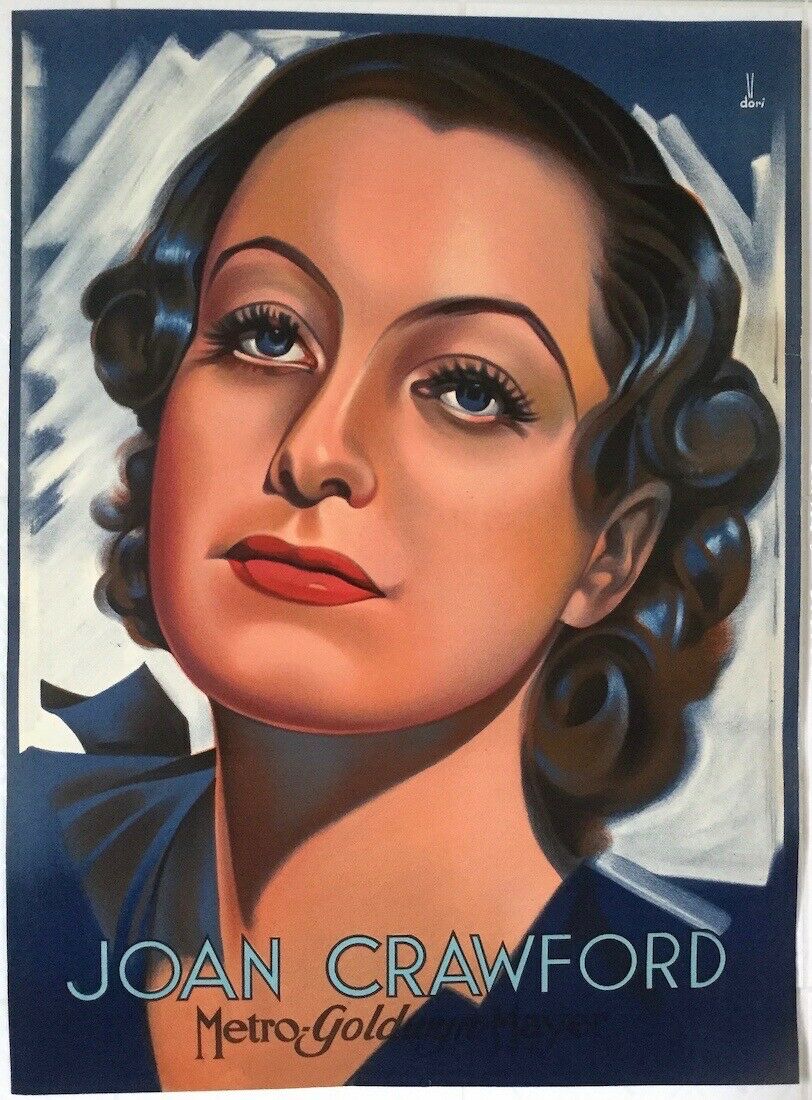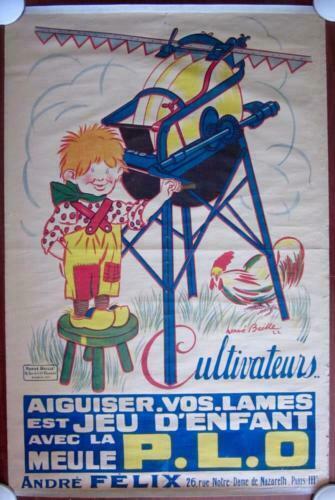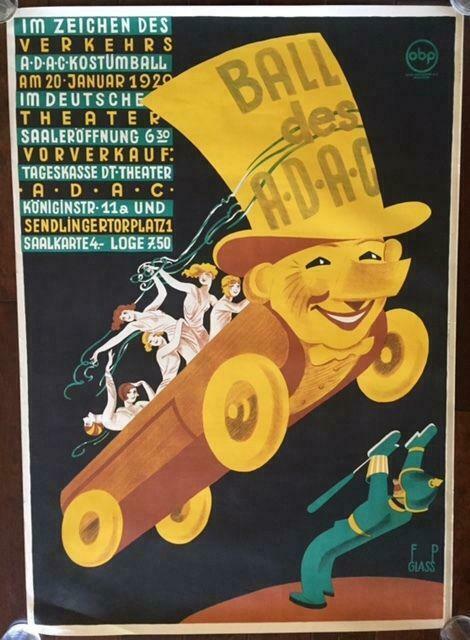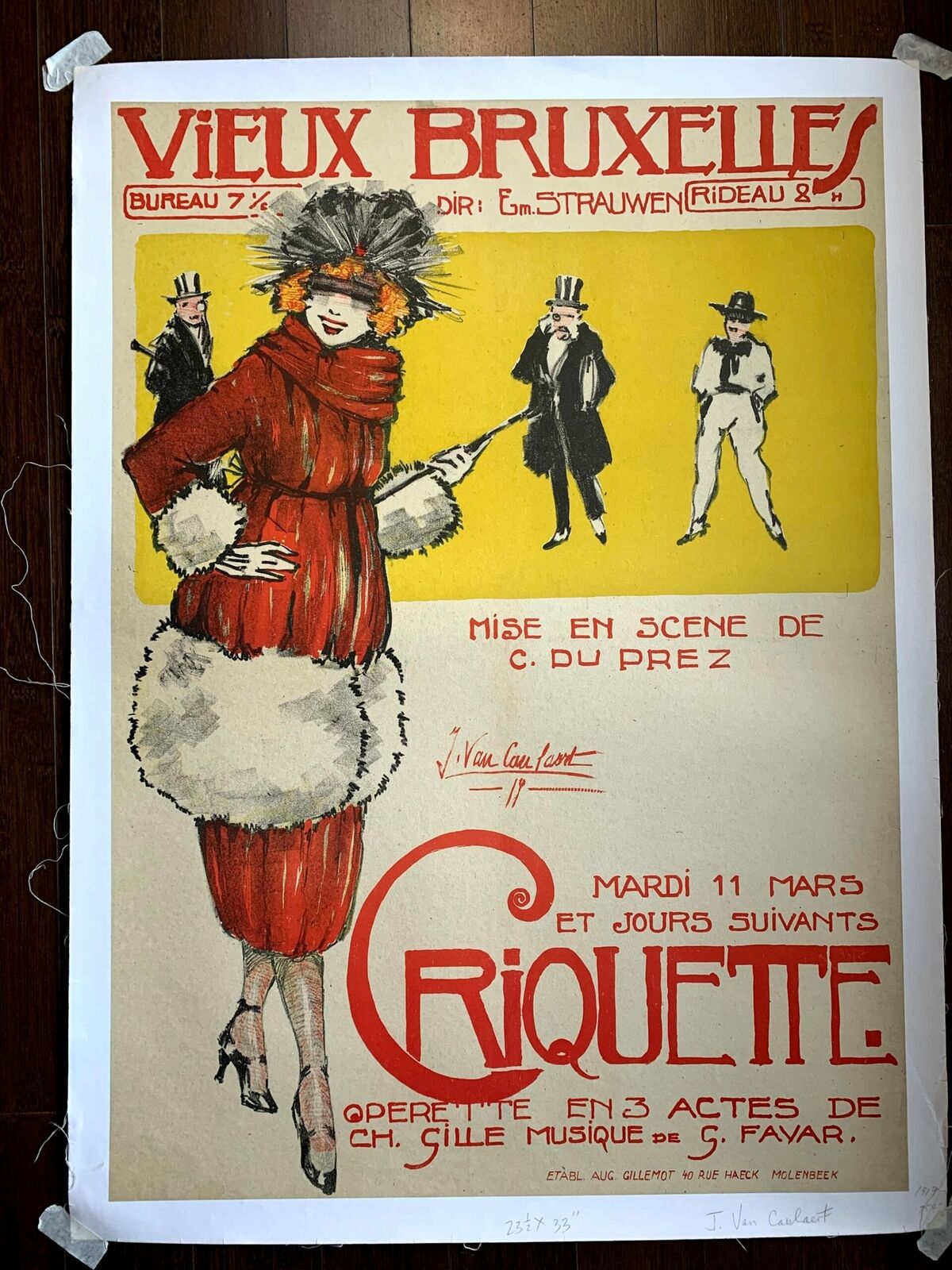-40%
GIANT 1916 linen-backed STONE LITHOGRAPH poster “Le mot de l'énigme”, 125”x94”
$ 1441.43
- Description
- Size Guide
Description
Looks better in person than these pictures!GIANT 1916 STONE LITHOGRAPH linen-backed poster “Le mot de l'énigme” a French 4 panel, aka Key to the Puzzle 125”x94” aka The Word of The Enigma! It measures 125.5” by 94.25” from one edge of canvas linen to the other. The paper poster proper measures 121.5” by 90.25” (less the 2” border edge that goes around all four sides.)
PLEASE BE PATIENT WHILE ALL PICTURES LOAD
After checking out this item please look at my other unique silent motion picture memorabilia and Hollywood film collectibles! MULTIPLE WINS CAN BE SHIPPED TOGETHER TO $AVE SHIPPING CO$T
See a gallery of pictures of my other auctions
HERE
This unique item would make a great gift.
DESCRIPTION:
This GIANT poster is so large I had to have it wrap around a corner inside my home to have a wall big enough to display it! It measures 125.5” by 94.25” from edge of canvas linen to the other. The paper poster proper measures 121.5” by 90.25” (less the 2” border edge that goes around all four sides.) It’s approximately ten feet wide by almost eight feet high!
NOTE: There is a description of the poster artist & film title description below.
CONDITION:
Nearly new, gently used and handled. This poster is roughly the size of six American one-sheets, it’s BIG! It has been professionally linen mounted/backed to protect it for display and shipping. There are no signs of tears, stains, damage, wear, etc. I purchased this museum piece from a major dealer at a poster auction in Columbus Ohio at Cinevent Film Festival over a decade ago. See pictures for details and ask questions.
SHIPPING:
Shipping will be in a large plastic/heavy duty tube shipped via UPS Ground with a weight of approximately 50 pounds. Shipping estimates range from 0-400 - Or if you are in the Northern Virginia area you may arrange to pick it up for FREE in person.
PAYMENTS:
Please pay eBay or PayPal! I also reserve the right to sell it locally if a nearby collector/friend wants to purchase it. All of my items are unconditionally guaranteed. E-mail me with any questions you may have. This is Larry41, wishing you great movie memories and good luck…
BACKGROUND:
PLOT: Based on the 1908 French romance novela “Le mot de l'énigme” by Francés J. Berr de Turique. (Berr de Turique, J. (Julien) 1863-1923)
CAST: Henri Bosc (Maxime Tillier) Jean Kemm (Robert Duroc) Léon Bernard (Le Quesnel) Gabrielle Robinne (Lucy de Quesnel) Andrée Pascal (Thérèse Tillier) Paule Andral (Mme. Le Quesne)Edmond Duquesne Jacques Volnys.
DIRECTOR: Georges Monca was born on October 23, 1867 in Paris, France. He was a director and writer, known for No Relations (1925), The Irony of Fate (1924) and Le choc en retour (1937). He died on December 26, 1939 in Paris, France.
LEAD ACTORS BRIEF BIO: Henri Bosc was born on August 18, 1884 in Perpignan, Pyrénées-Orientales, France. He was an actor, known for Madame Pompadour (1927), The Count of Monte Cristo (1943) and Roger la Honte (1933). He was previously married to Cécile Guyon. He died on April 25, 1967 in Neuilly-sur-Seine, Hauts-de-Seine, France.
LEAD ACTORS BRIEF BIO: Léon Bernard was born on February 26, 1877 in Paris, France. He was an actor, known for Les Misérables, Part 1: Jean Valjean (1913), Les feuilles tombent (1917) and Le nabab (1913). He died on November 20, 1935 in Paris, France.
LEAD ACTORS BRIEF BIO: Gabrielle Robinne was born on July 1, 1886 in Montluçon, Allier, France. She was an actress, known for Conquered Hate (1913), Struggle for Life (1914) and La reine de Saba (1913). She was previously married to René Alexandre. She died on December 18, 1980 in Saint-Cloud, Hauts-de-Seine, France.
LEAD ACTORS BRIEF BIO: Andrée Pascal was born on January 17, 1892 in Paris, France. She was an actress, known for Mysteries of Paris (1912), Le calvaire de Mignon (1917) and Fromont jeune et Risler aîné (1921). She died on December 7, 1982 in Clichy-la-Garenne, Hauts-de-Seine, France.
Production Company & Distributor: Pathé Frères
POSTER ARTIST: Cândido Aragonez de Faria (artist's name Faria, 12 August 1849 in Laranjeiras, Sergipe (Brasil) – 17 December 1911 in Paris) was a Brazilian caricaturist, painter, lithographer and poster designer who emigrated to France in 1882. Faria designed posters for performers in café-chantants and the cinema but also for music scores (lithographies in small and large formats). The collective art work of his workshop, which continued after his death, was signed Atelier Faria. Faria was born in 1849, the eldest of four children of physician José Cândido Faria (-1855) and Josefa Aragonez, who was of Spanish extraction. Dr. Faria had studied in Montpelier and specialised in cholera. He founded the Hospital de Caridade de Laranjeiras and died in a cholera epidemic in 1855. The family moved to Rio de Janeiro, where their relatives lived. There young Cândido studied at the Liceu de Artes e Ofícios (School of Arts and Crafts) and at the Escola de Belas Artes (Fine-Arts School). Faria's very productive career started with his artwork for many magazines satirizing local politicians and the clergy in Rio de Janeiro, like Paul Gavarni and Honoré Daumier did in France. He began as a main caricaturist in 1866 for the satirical periodical A Pacotilha (English: Fake, later Pandokeu (Joker)). In September 1869 he started with his brother Adolfo the weekly O Mosquito (The Mosquito). In April 1871 he bought O Lobisomen (The Werewolf) from the lithographer António Alves do Vale. Faria and Vale signed some works together. Then in June 1874 Faria started a new weekly 0 Mefistófeles as the sole illustrator, to be merged with O Mosquito in 1875. From 1869 through 1874 Faria was one of the illustrators of the magazine A Vida Fluminense (Life in Rio de Janeiro), since 1874 O Fígaro, for which he became the sole illustrator. Since October 1876, Faria supplied cartoons to the weeklies O Ganganelli and O Mequetrefe (The Coxcomb). In 1877 he founded the magazine O Diabrete (The Goblin). Faria worked also for more ephemeral magazines, such as A Comédia Popular (The people's comedy), A Galeria (The Gallery), Ziguezague and Ba-Ta-Clan (The Hotchpotch). During 1879 - 1882, Faria illustrated in Buenos Aires the main satiric weekly El Mosquito and the new magazine Cotorra (English: parrot, windbag), introducing chromolithography in South America. Later he obtained the right to exclusively illustrate the artistic and literary weekly El Correo del Domingo (Sunday Post) and the daily El Gráfico (~ The graph). In 1882 Faria emigrated to France and established his workshop at Paris, working with Charles Clérice of the Clérice Frères illustrators. Faria gained fame by his illustrations for books (e.g., Le fils de Porthos by Paul Mahalin, L'enfant d'Une vierge by Alfred Sirven, and Pour rire à deux by Olympe Audouard) and magazines (La Caricature by Albert Robida, Le Papillon, Le Monde illustré and La Musique pour tous). But Faria also illustrated many editions of sheet music for the singer Paulus (Jean-Paul Habans) and created the portrait of the singer Montéhus used for numerous covers. He also illustrated sheet music for songs, romances and operettas by Justin Clérice, Louis Ganne, Charles Lecocq, Olivier Métra, Edmond Missa, Robert Planquette, Vincent Scotto and others. Since 1895, Faria and the lithographers Sebaïn and Axelrod created posters for shows, tourism and general advertising. From 1902 up to his death in 1911 he was, with about 300 posters, the main poster designer for the film company Pathé (Les Victimes de l'alcoolisme by Ferdinand Zecca, L'assommoir based on Emile Zola, and so on). In France Faria married and had a son Jacques, artist and father of Philippe Aragonez de Faria, who would curate his father's and grandfather's work. The collective art work of his workshop, which continued after his death, was signed Atelier Faria who famously designed a poster for the 1927 epic film Napoléon vu par Abel Gance (original title)!
























